A rant about whisky packaging; there is no excuse for poor design any more
let’s begin
So, to qualify my rant about whisky packaging, I should remind you all what I do; I consult with whisky and luxury spirits brands on their storytelling, strategy, product and packaging development, and happen to also be a big fan of whisky packaging in particular, so come at this with a degree of authority in how my thoughts and insight are formed, as well as the emotional response to something I truly love.
Let’s get straight into this; it really gets my goat when I buy a nice, moderately expensive bottle of whisky either for consumption, or for display and collection (yes I do that too, and am happy to admit it), and I notice it has a generic stock bottle structure (that’s industry speak for glass), a plain stock stopper with no attempt at a brand marque anywhere near it, and a label that is either super-poor quality, or is just shocking.
There is no excuse for poor design in whisky packaging anymore, none.
Every brand, range and product has certain thresholds on their COGS, or Cost of Goods, and I fully appreciate that; especially having to sit in so many meetings and writing so many presentations where I am briefed to work with a design team or agency to come up with something ‘groundbreaking’ and ‘unique’ and ‘blue sky’ for the brand, only to then be told ‘yeah, that’s lovely, but you have COGS of £1.35 per bottle max, so can we downward engineer this to achieve the same results?’.
No, you can’t.
Consumers at each end of the market want value.
But that does not mean cheap whisky, oh no, that means value based on a set of inert needs that they probably cannot articulate, but with years of shopper research and experience I can:
Tactility.
Storytelling.
Good whisky.
Appropriate kudos.
Reassurance over making the right choice.
Detailed brand touchpoints that reiterate the promise and build the perception with every touch.
So when I bought my first bottle of Port Ellen, the 2nd Annual Release, only to find it in the same bottle as Lagavulin 16, Caol Ila 12, and more recently non-Diageo products too as it is a stock bottle, I was dismayed. For my not-inconsiderable investment in this bottle, I had been rewarded by lovely whisky, sure, but the design was absent, the display ability limited to the boldness of the label proudly stating this is a limited edition Port Ellen and a box that was scuffed before it even arrived.
Then, a couple of years later, when I bought the Bowmore Vaults No. 1 release, I was thinking ‘ok, this is nice, it fits in with the Bowmore design aesthetic and also has some interesting foil detailing…’ then I held it and ALL the edges of the label were coming away. Not because of anything other than poor glue application, and it broke the entire experience.
Small whisky packaging details? Am I really getting upset about a scuffed box, or a poorly stuck label?
Yes.
These are the things that matter when you buy a bottle, be it £45, £100 or £1,000, it really matters as it is those little elements that stand you out, reaffirm and reassure purchasing decisions and add a level of pride not only in consumers’ bottle ownership, but in how they feel when they share their bottle choices with friends.
And why is there no excuse for poor whisky packaging any more? Simple, it has become cheaper and cheaper to create even the illusion of bespoke glass; take Tamnavulin from Whyte & Mackay for example. This is the same bottle structure as Lagavulin, as Port Ellen et al, but like Lagavulin, has been treated with a post-mould emboss to add the brand’s name into the glass. A little detail, but one that make it feel more special than the generic bottle structure and feel like the brand has invested in the aesthetic and touchpoints that consumers will ultimately notice.
I had this exact same conversation with a blender for a large company in the whisky world, a craft gin distiller and a fellow writer the other day, and they both saw my point, especially when you think about the scale and cost of a lot of the premium bottlings out there; buying cork stoppers in the thousands, tens of thousands, hundreds of thousands brings costs down considerably to fractions of pennies each; and are not even expensive to start with, so why are they not doing it?
I understand the screw cap vs. cork stopper argument for mass market blends such as Grant’s Family Reserve, Johnnie Walker Red Label, The Famous Grouse et al, the return on each bottle due to being beaten up on price is so low that corks would significantly eat into the margin, although the opposite side of this argument is the they are so mass market that they could still make good money?
Cost engineering, bottom line and all those good things are the obvious reasons, but is there a lack of design thinking and consumer understanding too?
Do they not get that consumers want these details, even if they don’t articulate it in a focus group?
One thing’s for sure; I love what I do, and getting to work with some of the biggest and smallest brands in the spirits industry on their brand strategy and aesthetic is pretty awesome, and hopefully slowly but surely people like myself who champion consumer insight and understanding to push through ground-breaking, or even nuanced design that makes a big difference, should take the industry to a slightly more tactile place.



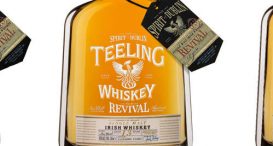


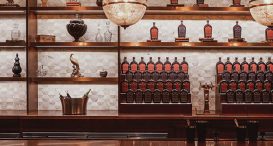


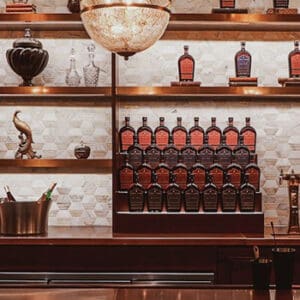
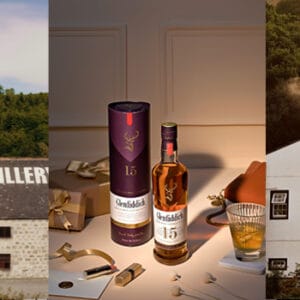
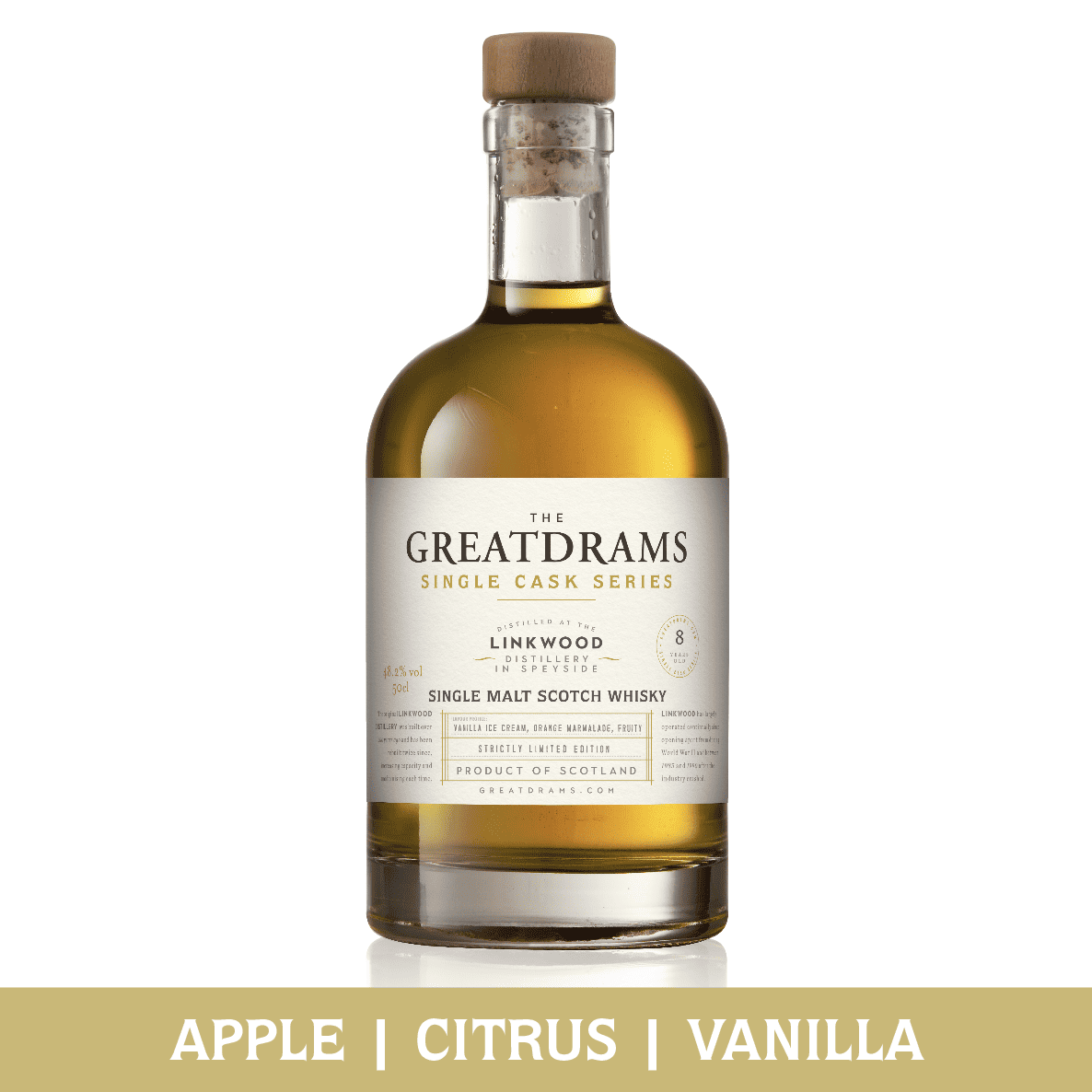
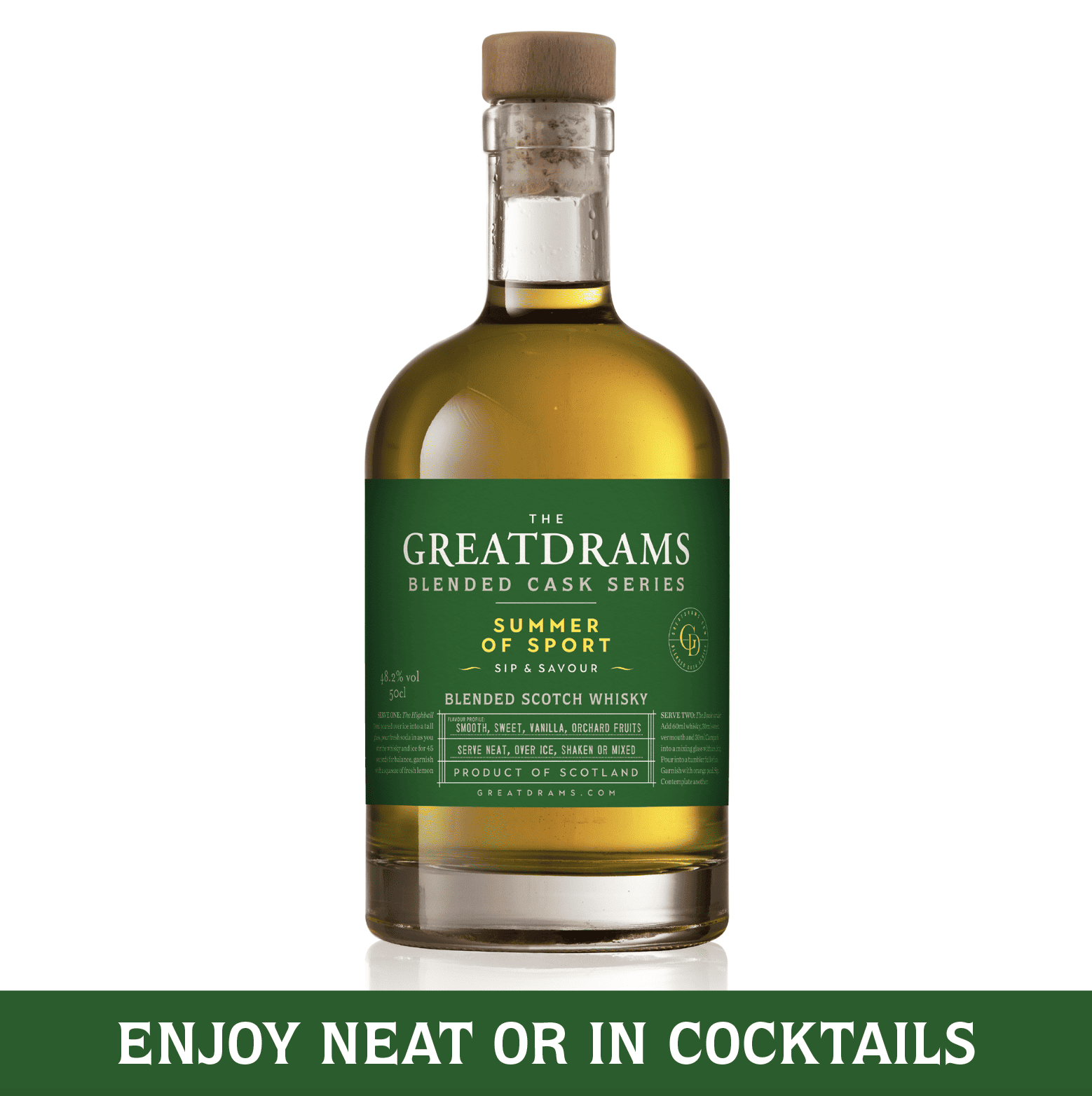
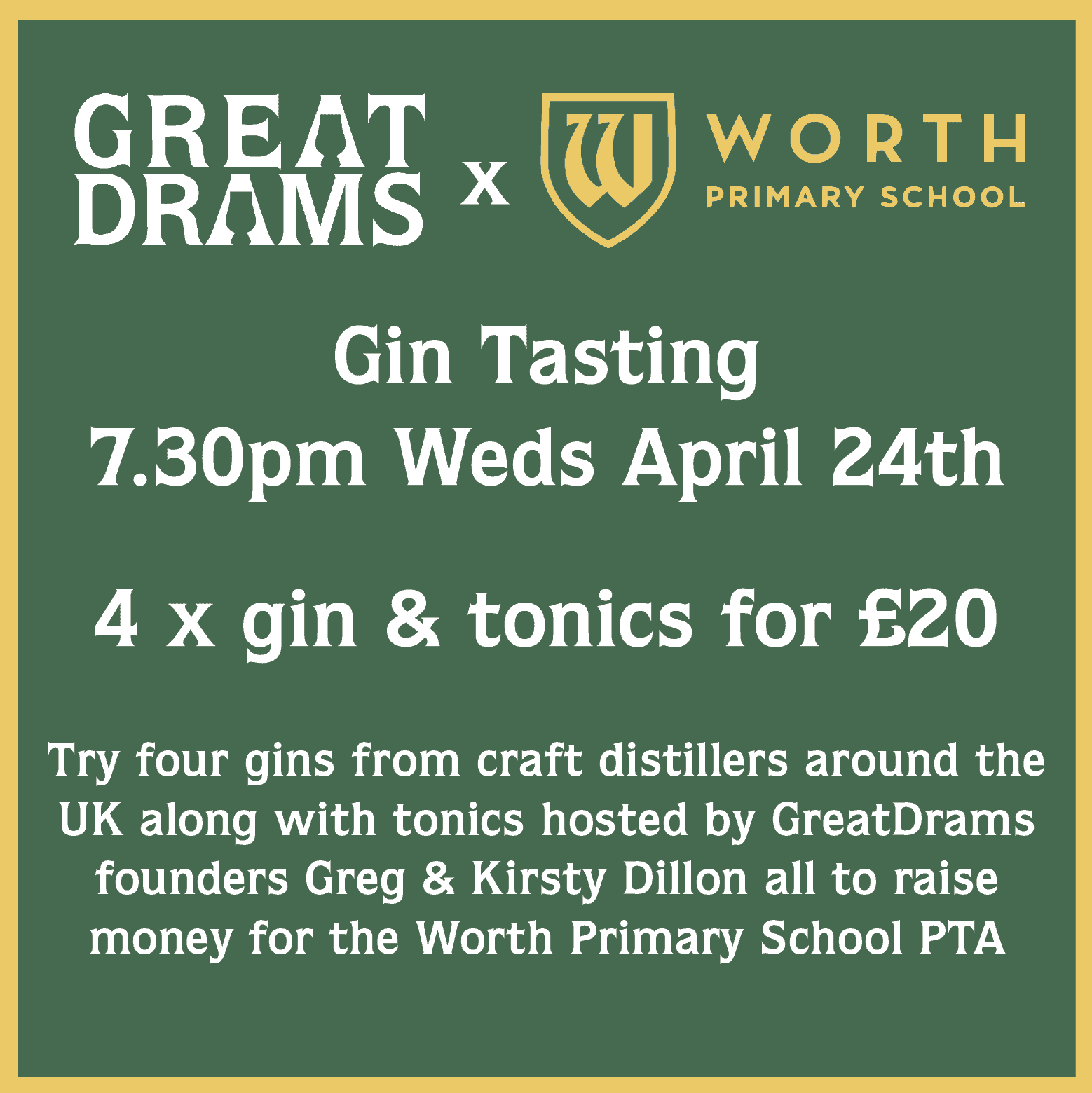

2 thoughts on “A rant about whisky packaging; there is no excuse for poor design any more”